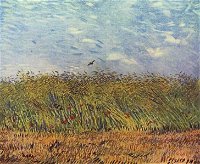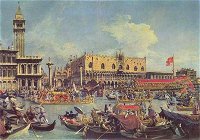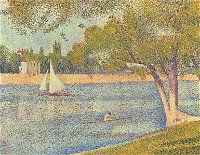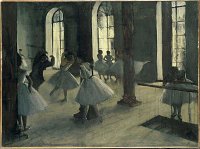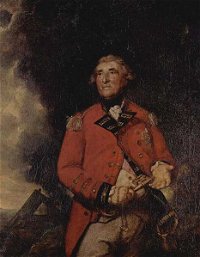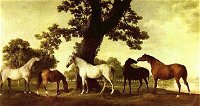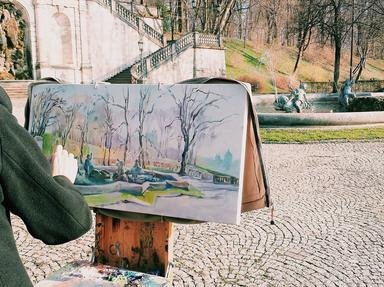
A Responsible Artist? Trivia Quiz
Match painting and artist
The artist responsible for a painting can often be identified just by studying the style, composition or subject of the work. Can you do the same and correctly match these photos of paintings with the well-known artist who painted them?
by Fifiona81.
Estimated time: 3 mins.
